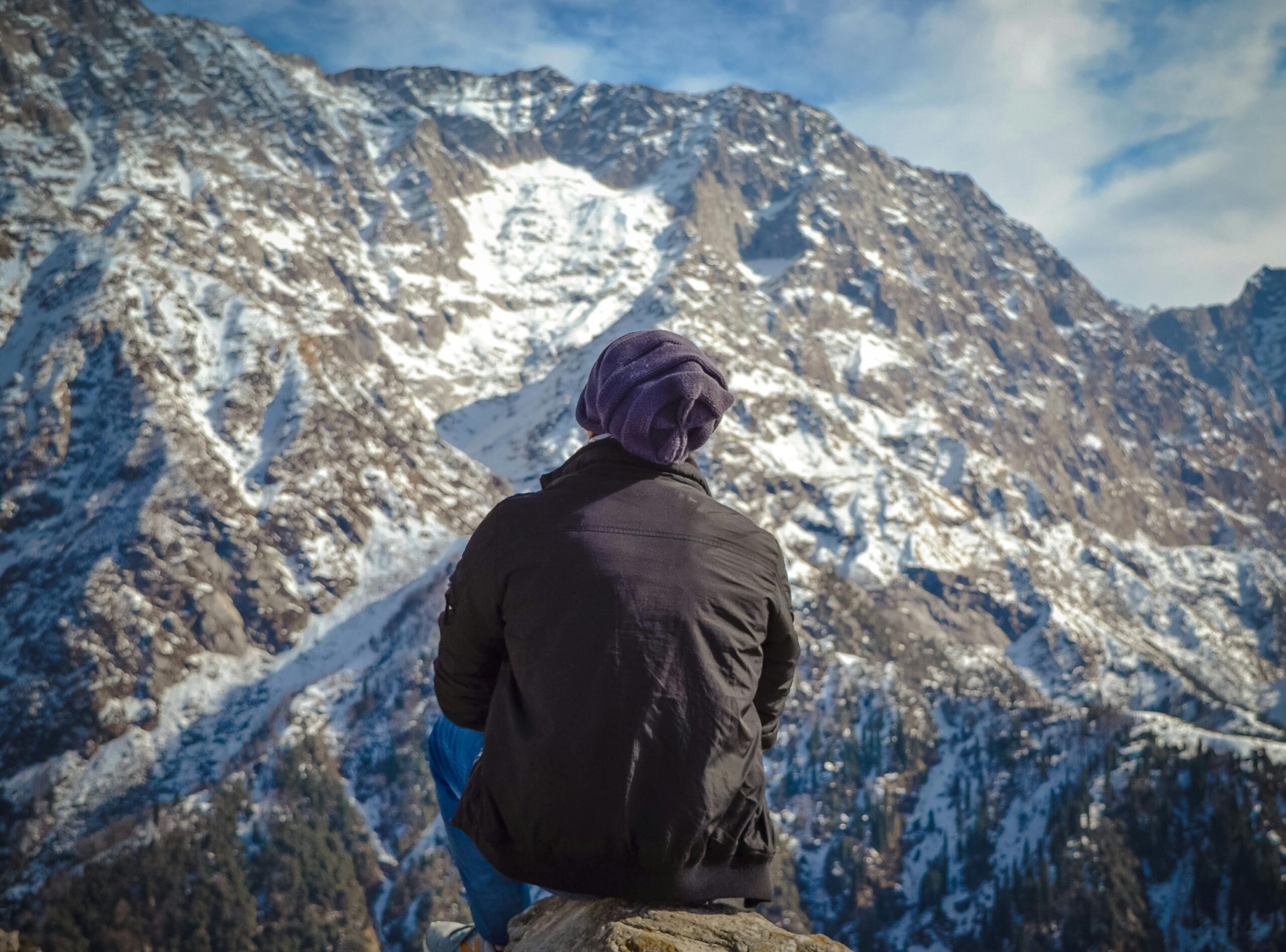The Brammah Valley Trek takes you on an unforgettable adventure through the untouched and dramatic landscapes of Kashmir. Named after the iconic Brammah peaks, this trek offers spectacular views, diverse terrains, and a raw beauty that captures the essence of the Himalayas. For those seeking an immersive trekking experience away from the crowds, the Brammah Valley Trek promises breathtaking scenery, unique geological formations, and the allure of remote mountain life.
Discovering Brammah Valley: An Overview
The Brammah Valley, located in the Kishtwar region of Jammu and Kashmir, remains a hidden gem for trekking enthusiasts. The valley is known for its towering granite cliffs, pristine alpine meadows, and the stunning presence of the Brammah massif—a set of awe-inspiring peaks that stand tall at over 21,000 feet. Surrounded by a rugged landscape, the trek combines challenging routes with scenes of remarkable beauty, making it an exceptional journey for experienced trekkers.
Best Time to Trek Brammah Valley
The best time to embark on the Brammah Valley Trek is during the summer and early autumn months, specifically from June to September. During these months, the weather is relatively stable, and the trails are clear from winter snow.
- June to July: These months are ideal for trekkers who prefer slightly cooler temperatures and vibrant landscapes. The snow begins to melt, feeding the region’s rivers and streams, and the alpine flora starts to bloom.
- August to September: By late summer, the meadows are lush and dotted with wildflowers, while the mountain weather is at its most favorable. September brings slightly cooler weather, making it an excellent time to trek without the heavy monsoon rains.
Trekking Route and Major Highlights
The Brammah Valley Trek takes you through stunning landscapes, including steep ridges, river crossings, alpine forests, and meadows. Here’s an outline of the key highlights of this trek:
- Day 1: Arrival at Kishtwar
Kishtwar serves as the base for the trek, a charming town with historical and cultural significance. The town offers views of the surrounding peaks and is a perfect place to acclimatize before setting out on the trail. - Day 2-3: Trekking Through Dense Forests
The initial stages of the trek lead you through dense forests of deodar and pine, alive with the sounds of local wildlife. As you ascend, the vegetation transitions, and you begin to catch glimpses of the distant mountains. - Day 4-5: Entering the Alpine Meadows
As you reach the higher altitudes, the dense forest opens up to reveal sprawling alpine meadows. These meadows are carpeted with wildflowers in summer, creating a picture-perfect landscape against the backdrop of towering peaks. - Reaching the Brammah Glacier
One of the most exciting segments of the trek is reaching the Brammah Glacier, a sight that few have witnessed. The glacier, with its icy formations and stark beauty, is a testament to the raw and untamed nature of the Himalayas. - Brammah Peaks Viewpoint
The ultimate goal of the trek is the viewpoint that offers a close-up view of the Brammah peaks. Standing in the presence of these towering giants is both humbling and exhilarating. Trekkers are treated to a panorama of snow-capped peaks and rugged landscapes that define the beauty of the Brammah Valley.
Essential Gear and Packing List
A successful trek requires careful planning and the right gear. Here’s what you should pack for the Brammah Valley Trek:
- Trekking Boots: Sturdy and waterproof trekking boots with good ankle support are essential for navigating rocky and uneven terrain.
- Clothing Layers: Bring moisture-wicking base layers, insulating layers, and a waterproof jacket. The weather can be unpredictable, especially at higher elevations.
- Backpack and Rain Cover: A comfortable backpack with a rain cover is necessary to protect your gear from unexpected rain or snow.
- Camping Equipment: A quality sleeping bag rated for cold temperatures and a compact tent will ensure comfort during overnight stays.
- Safety Gear: Carry a first aid kit, trekking poles, and a headlamp with extra batteries for added safety on the trail.
- Hydration and Nutrition: Pack plenty of water, energy bars, and easy-to-carry snacks. Staying hydrated and fueled is crucial at high altitudes.
Physical Preparation for Brammah Valley Trek
The Brammah Valley Trek is moderately challenging, with significant altitude gains and rugged paths. Here’s a fitness guide to help you prepare:
- Cardiovascular Endurance: Engage in running, cycling, or swimming to build stamina and improve your cardiovascular health. These exercises are excellent for preparing for high-altitude trekking.
- Strength Training: Focus on leg and core strength through exercises such as squats, lunges, and planks to help with endurance on steep ascents and descents.
- Practice Hikes: If possible, go on practice hikes in similar terrains. This will help you adapt to carrying a backpack and walking long distances on uneven paths.
What to Expect on the Brammah Valley Trek
The Brammah Valley Trek offers an adventure that is both physically demanding and spiritually rewarding. Here’s what you can expect during the trek:
- Diverse Landscapes: From dense forests to vast meadows and glacial terrains, the trek offers a constantly changing landscape that keeps the journey visually captivating.
- Solitude and Tranquility: As an off-the-beaten-path trek, Brammah Valley offers a rare opportunity to enjoy the mountains in peace, away from crowded trails.
- Local Culture: Passing through small villages along the way, you’ll get a glimpse into the lives of local communities and their traditions, adding a cultural dimension to your trek.
Safety Tips for a Successful Trek
- Acclimate Gradually: Give yourself time to acclimate to higher altitudes by going at a steady pace and taking rest days if necessary.
- Stay Hydrated: Drink plenty of water throughout the trek to prevent dehydration and altitude sickness.
- Listen to Your Guide: A local guide’s knowledge is invaluable for navigating the area safely and gaining insights about the region.
- Respect the Environment: Preserve the pristine beauty of Brammah Valley by following a “leave no trace” approach and avoiding littering.
Conclusion
The Brammah Valley Trek is an extraordinary adventure through one of Kashmir’s most pristine and secluded valleys. With its captivating landscapes, challenging terrain, and stunning views of the Brammah peaks, this trek is a must for any avid trekker seeking an offbeat experience in the Himalayas. By preparing adequately and embracing the journey’s challenges, you’ll find yourself immersed in the untamed beauty of the Kashmir mountains—a place that leaves an unforgettable mark on the soul.




